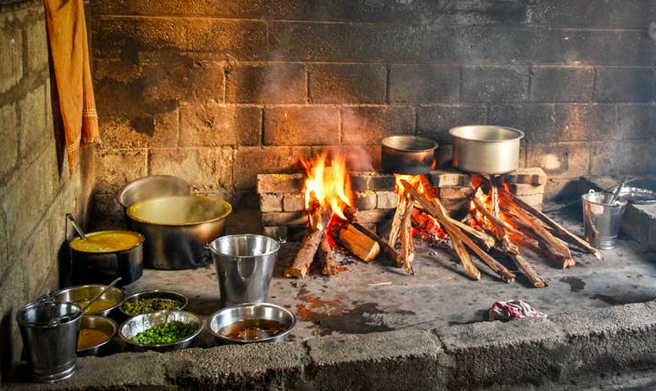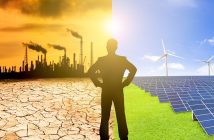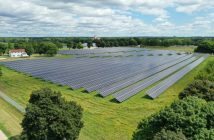Opinion
Many Ghanaian households are energy poor. Households that use biomass like wood, grass, animal dung and charcoal are considered energy poor while households that use clean energy like electricity and liquefied petroleum gas (LPG) are non-energy poor.
In 2018 the International Energy Agency indicators showed that only 25% of Ghanaian households had access to clean energy for cooking.
Lack of access to modern energy by households, to some extent, is both a cause and consequence of underdevelopment.
In our study we set out to determine the factors that influence household energy use for domestic purposes – lighting and cooking. We also observed how households are deprived of modern energy sources.
We found that rural households were more deprived than their urban counterparts. We also found that the situation has improved in the last 20 years. Research shows that there was a steady decline between 2003 to 2014 from acute energy poverty to moderate poverty. We found major progress had been made in reducing lighting deprivation – that is access to electricity – as against the cooking dimension.
The questions we set out to answer were these. What are the reasons for a household to adopt particular fuel for cooking or lighting? What are the patterns of clean fuel versus dirty fuel adoption and usage? What are the energy options that Ghana could explore?
The use of fuel in Ghana
Ghana’s Ministry of Energy estimates that about 66% of the population has access to electricity.
Most Ghanaian households nevertheless depend on biomass fuel sources, particularly wood fuels and charcoal, for household needs. Government statistics place the consumption of biomass fuels at slightly more than 60% of total energy consumption in Ghana. About 80% of households in Ghana depend directly on wood fuels (firewood, charcoal, and other biomass) for cooking.
In trying to understand what choices people make, and why they make them, our study found that more households adopt clean fuels for lighting than they do for cooking. Nearly 80% of households use dirty fuels – wood, charcoal, grass, and animal dung – for cooking and 71% adopt clean fuels – electricity from the grid or generators – for lighting.
The energy options
Biomass is one of the predominant sources of energy for Ghanaian households. Most is produced using traditional earth kilns.
There are a number of problems with this. The charcoal that’s produced emits high levels of pollution. The process itself is high in emissions. And the wood-to-charcoal conversion rate is highly inefficient.
There are solutions.
Firstly, there are various other types of kiln technology. For example, retort kilns and portable kilns have the advantage of being easily transported to the source of the wood. They also have a shorter carbonisation cycle.
Briquettes from biomass waste can also be produced. Technologies that use biomass waste reduce emissions in two ways: through a reduction in the use of wood; and by a decrease in the release of methane produced from inorganic decomposition.
Solar energy technologies could also be harnessed to solve household energy demand problems. Ghana is rich in sunshine. Solar energy technologies could help households adopt clean fuels.
Wind energy is another energy technology that can be adopted for household needs. In addition, waste-to-energy technologies are emerging that use solid waste to produce energy.
Recommendations
Based on our findings we make a number of recommendations that would help all Ghanaian households get adequate access to modern sources of fuels that are environmentally friendly.
Policies should be geared towards providing clean and better energy sources for households. For example, the government should consider providing a LPG subsidy for household use as well as the free distribution of liquefied petroleum gas cylinders. Giving subsidies could help more households use clean fuels. This, in turn, could save costs relating to public health, as fewer people would get sick from the use of dirty fuels.
Different energy technologies (wind, tidal, solar, improved cooking stoves, and improved biomass production) should also be pursued.
To advance these the government will need to work towards a coherent policy that combines sectors such as forestry, agriculture, land use, energy, trade and finance.
Public-private partnerships should also be used in harnessing technologies for sustainable production of fuels, mainly charcoal, which is the primary fuel demanded by a majority, including urban households.![]()
Author: Abdul-Wakeel Karakara Alhassan, PhD Candidate, School of Economics, University of Cape Coast
This article is republished from The Conversation under a Creative Commons license. Read the original article.











